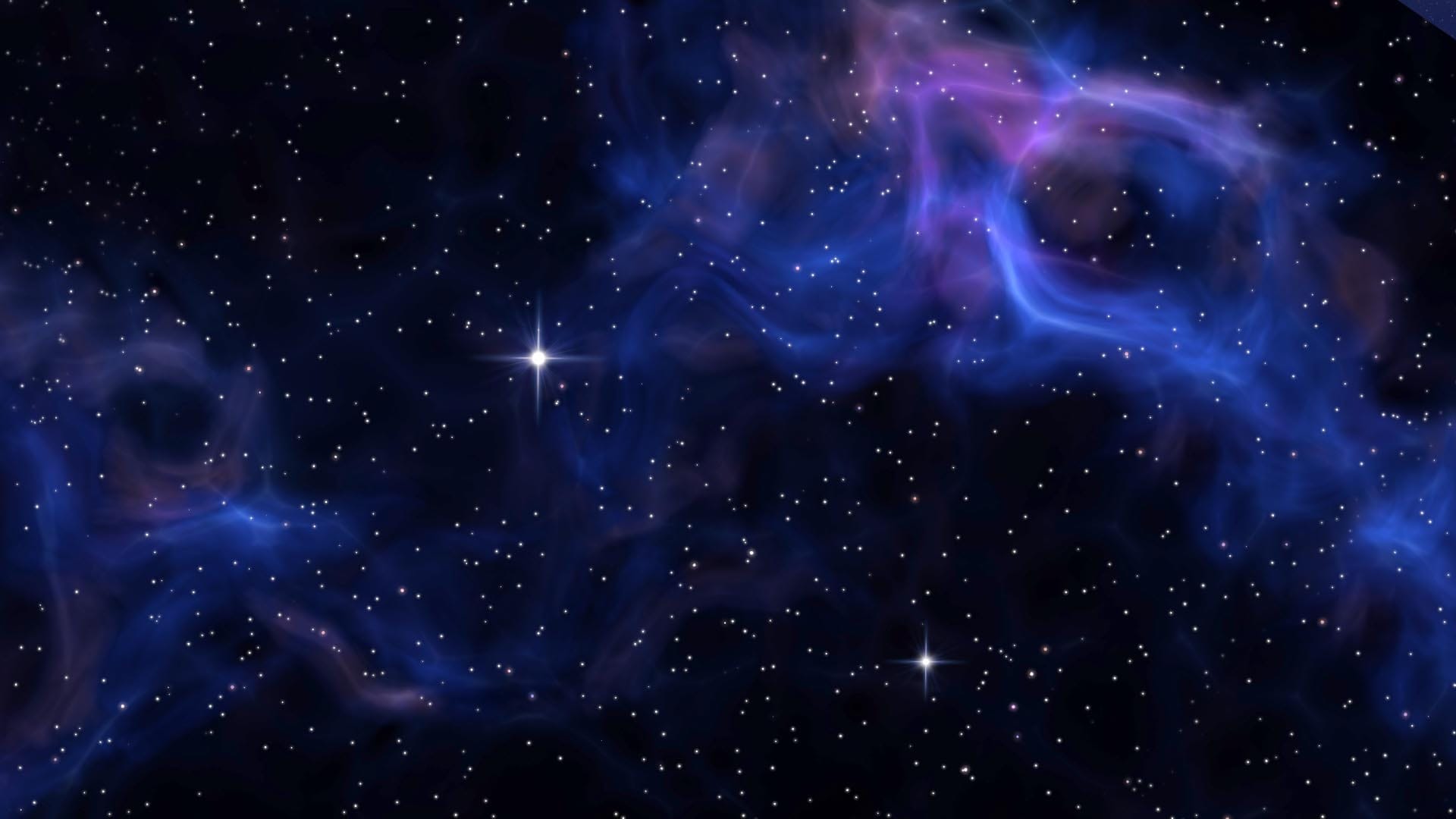In a universe filled with billions of stars and potentially habitable planets, one big question remains: Where is everybody? This question, famously known as the Fermi Paradox, challenges our understanding of intelligent life beyond Earth. Despite the high probability of alien civilizations existing, we have yet to detect any signs of them. The paradox was first proposed by physicist Enrico Fermi in the 1950s, and to this day, scientists and thinkers continue to debate possible explanations.
The paradox originates from a casual conversation Fermi had with colleagues in 1950. They were discussing the likelihood of extraterrestrial life, given the age and size of the universe. Fermi then famously asked, "Where is everybody?" His question was simple yet profound: if intelligent life is common, why haven’t we seen any evidence of it? With billions of galaxies and even more exoplanets, the lack of alien contact seems contradictory.
There are many possible reasons why we haven’t encountered aliens. Some theories suggest that advanced civilizations may destroy themselves before reaching interstellar communication. Others propose that aliens are avoiding us, or that life is far rarer than we assume. The Great Filter theory suggests that there’s a difficult barrier preventing life from evolving to an advanced stage—either before or after reaching intelligence.
Another possibility is that we aren’t searching properly. Our technology may not yet be advanced enough to detect alien signals, or perhaps extraterrestrials communicate in ways we don’t understand. Some scientists believe that we are simply looking in the wrong places or that life exists in forms beyond our imagination. The Zoo Hypothesis even suggests that aliens are deliberately keeping us in the dark, much like humans observing animals in a reserve without interfering.
The Fermi Paradox remains one of the greatest unsolved mysteries in science. Are we alone in the universe, or is intelligent life just incredibly rare or hidden? While we don’t yet have definitive answers, ongoing research in SETI (Search for Extraterrestrial Intelligence) and advancements in space exploration could one day solve this cosmic puzzle. Until then, the question of “Where is everybody?” continues to spark curiosity and wonder.
10 Breakthrough Features of Google’s Willow Quantum Chip: A New Era in Computing
Google’s Willow Quantum Chip represents a monumental leap in quantum computing, combining hybrid architecture, enhanced error correction, and scalable qubit design. This article explores its groundbreaking features, potential applications, and how it could redefine industries like AI, cryptography, and climate modeling.
The Woman Who Wrote the Code That Put Man on the Moon
Margaret Hamilton, the woman behind the code that put astronauts on the Moon, played a crucial role in NASA’s Apollo program. But how did her work shape history, and why is her contribution often overlooked?
